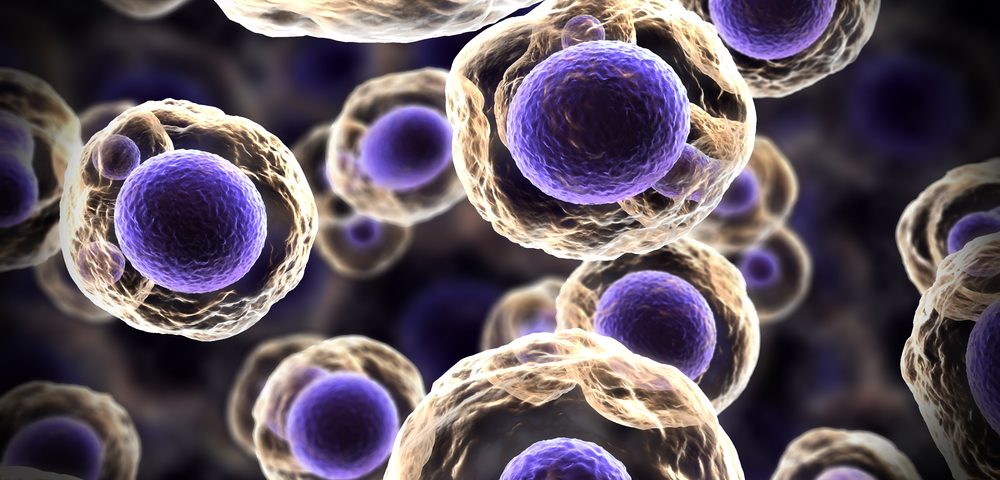Scientists at The Institute of Cancer Research in London have tested the activity of two genes that could predict an increased risk of mortality for women with breast cancers. The study titled “Systematic analysis of tumour cell-extracellular matrix adhesion identifies independent prognostic factors in breast cancer,” was published in the journal Oncotarget.
Researchers analyzed nearly 2,000 patients whose breast cancer cells were positive for HER2, a protein found in almost 20 percent of breast cancer tumors. They found that women whose breast tumors had a particular pattern of activity in two specific genes were three times more likely to experience very poor prognosis within 10 years compared to others with a different pattern of activity in the same genes.
The researchers discovered the negative pattern of gene activity among breast cancer cells that had a specific skill for escaping from the glue that usually holds them in place – known as the extracellular matrix (ECM). The team believes the two genes could play a key role in releasing cells from the ECM so they can more easily spread around the body.
Researchers led by Dr Paul Huang, leader of the Protein Networks Team at The Institute of Cancer Research in London, developed an image-based screening test to detect breast cancer cells that did not stick to laminin, a protein that glues cells together. They discovered that the particular cells tended to have a high activity in the gene F12 and a low activity in the gene STC2.
They then examined the two genes in 1,964 breast cancers and discovered that the pattern of activity was strongly associated with survival. Specifically, the researchers found that women whose breast cancer tumors had high activity of the gene F12 and low activity of the gene STC2 had a 32 percent increased risk of mortality within 10 years. In contrast, women whose breast cancer tumors had low activity of the gene F12 and high activity of the gene STC2 activity had only a 10 per cent increased risk of mortality.
“Survival rates for breast cancer are now much higher than they were a few decades ago, but the disease remains deadly once it has spread round the body. Our study sheds light on how cancer cells unstick themselves from healthy tissue, and it could help pick out women at high risk of their cancer spreading and becoming fatal,” Huang said.
The study suggests that future studies are necessary to understand how the two genes interfere with the ECM and how they play a role in breast cancer cells growth and metastatic spread. Meanwhile, the findings could be also be used to identify new targets for cancer treatment and to develop tests for aggressive breast cancers.
“We found that the activity of two genes which may help control how tightly cells are glued together is linked to breast cancer survival. If the results are confirmed in larger studies, it could give us a new way of assessing women’s survival chances in the clinic, and adjusting treatment accordingly,” Huang said.
Paul Workman, PhD, chief executive of The Institute of Cancer Research, London, added: “We have seen major strides in the treatment of breast cancer, but once it begins to spread round the body it is still often fatal. This new study helps us understand some of the processes that control how breast cancers spread, and identifies a pattern of genetic activity that could be used to pick out women particularly at risk.”

